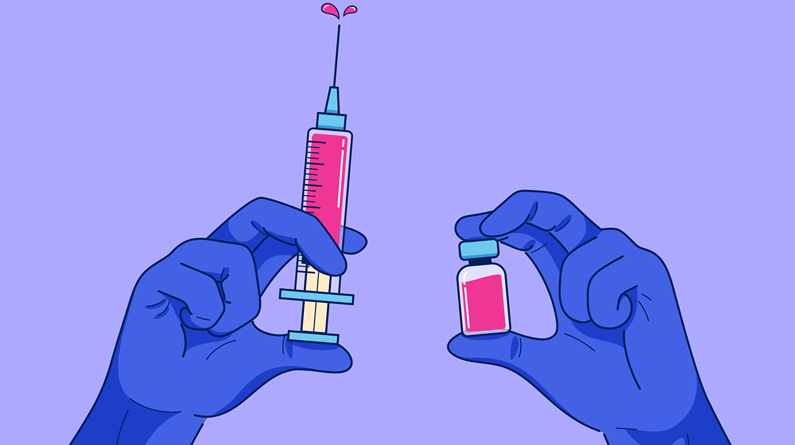Botulinum Injections: Separating Fact from Fiction
Botulinum injections, commonly known as Botox, have become a popular solution for various health issues and cosmetic concerns. But what exactly are these injections, and how do they work?
What are Botulinum Injections?
Botulinum injections are neurotoxins derived from the bacterium Clostridium botulinum. They work by causing muscle paralysis, which can be beneficial for treating various conditions. Healthcare providers use a variant of the bacteria called type A to create the injections.
Medical Uses of Botulinum Injections
Botulinum injections are used to treat a range of medical conditions, including:
1. Eye Disorders: Lazy eye, eye twitching, and blepharospasm.
2. Muscle Stiffness: Muscle spasms, cervical dystonia, and muscle contractures.
3. Migraines: Preventing migraines and reducing their frequency.
4. Excessive Sweating: Treating hyperhidrosis.
5. Overactive Bladder: Managing symptoms of overactive bladder.
Cosmetic Uses of Botulinum Injections
Botulinum injections are also widely used for cosmetic purposes, particularly for:
1. Wrinkle Reduction: Temporarily relaxing facial muscles to reduce wrinkles.
2. Facial Rejuvenation: Giving the face a more youthful and relaxed appearance.
How Botulinum Injections Work
The injections work by blocking nerve signals to the muscles, causing them to relax and become less active. This relaxation of muscles reduces wrinkles and fine lines, giving the skin a smoother appearance.
Procedure and Precautions
The procedure for administering botulinum injections is relatively straightforward:
1. Pre-Procedure: The healthcare provider will assess the area to be treated and may administer a local anesthetic.
2. Injection: The provider will use a fine needle to inject small amounts of botulinum toxin into the treatment area.
3. Post-Procedure: The patient should avoid rubbing or putting pressure on the area for 12 hours, lying down for 3-4 hours, and engaging in physical exertion for 24 hours.
Potential Side Effects
While generally safe, botulinum injections can cause side effects, including:
1. Pain, Swelling, and Redness: At the injection site.
2. Flu-Like Symptoms: Headache, fatigue, and nausea.
3. Drooping Eyelids: Ptosis.
4. Eye Irritation: Redness, dryness, and tearing.
Choosing Botulinum Injections
Before opting for botulinum injections, consider the following:
1. Temporary Solution: Injections last for 3-6 months, depending on the area treated and individual factors.
2. Pain Tolerance: Injections can be painful for those with low pain tolerance.
3. Pre- and Post-Procedure Care: Follow instructions carefully to minimize side effects.
4. Blood Thinners: Stop taking blood thinners at least a day before and after the injection.
References:
https://www.mayoclinic.org/tests-procedures/Botulinum/about/pac-20384658
https://www.webmd.com/beauty/features/the-surprising-benefits-of-Botulinum
https://www.emedicinehealth.com/Botulinum_injections/article_em.htm
https://my.clevelandclinic.org/health/treatments/8312-botulinum-toxin-injections
https://www.healthline.com/health/beauty-skin-care/Botulinum-facts

